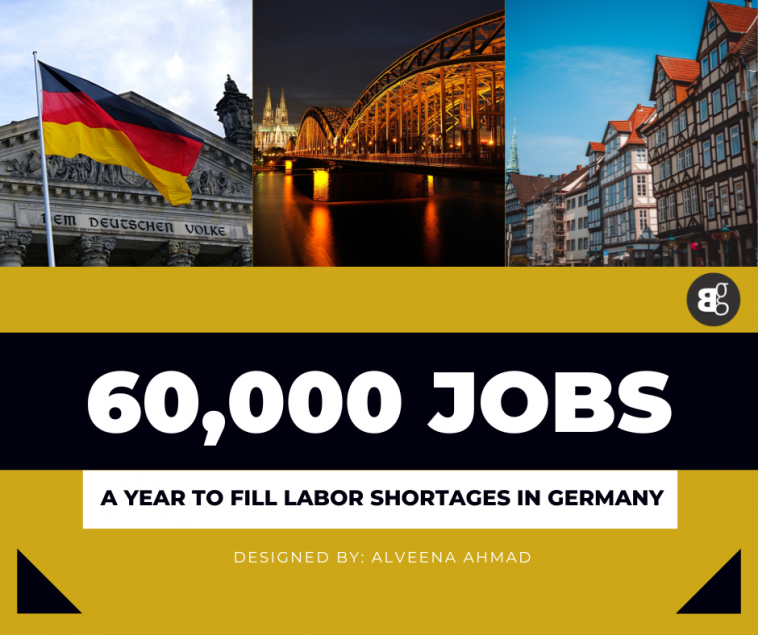Olaf Scholz’s government unveiled draft reforms on Wednesday to plug labor shortages in Europe’s largest economy, including reforms on immigration, skills training, and promoting immigration from outside the EU.
Economic Challenge
Germany’s biggest economic challenge in the coming decades will be to secure its skilled labor pool,” Labour Minister Hubertus Heil said.
A record number of job vacancies were reported by the ministry in 2022, reaching close to 2 million.
After the cabinet approved the reforms, Finance Minister Christian Lindner tweeted, “We are laying the foundation for a new beginning in migration policy.” Any skilled worker who can contribute to the country’s economic success is welcome.
According to Reuters, the reform could increase the number of workers from countries outside the EU by 60,000 a year.
We will help people gain a foothold on our labor market if they bring professional experience or personal potential,” Germany’s Interior Minister Nancy Faeser said.
Ways for foreign workers:
There are three ways for foreign workers to enter the country.
- Professional or university degree: In the first case, you must have a professional or university degree recognized in Germany, and an employment contract.
- Experience: In the second case, you must have a minimum of two years of experience working in a relevant sector and a degree or vocational training.
- Opportunity Card: For individuals without a job offer but with the potential to find employment, there is a new “opportunity card.” Opportunities cards are based on a points system that considers qualifications, language skills, professional experience, and connections to Germany.
Additionally, the cabinet approved a law allowing young people to receive paid off-the-job training. For the duration of the training, the Federal Labour Agency will pay up to 67% of the net salary.




